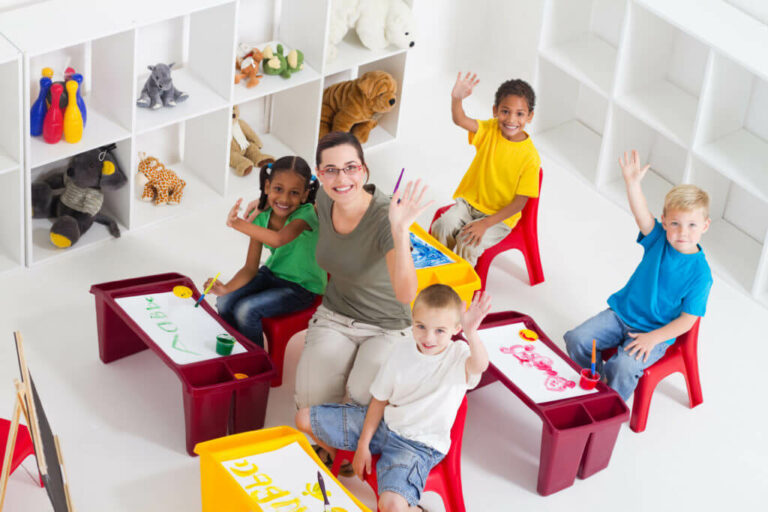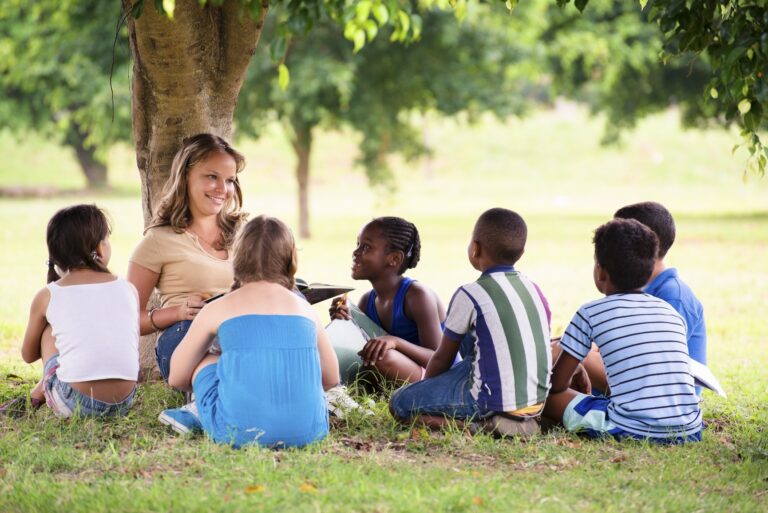Understanding When Your Toddler Has Reached Key Milestones for Successful Toilet Training
At Heritage Learning Center, we understand that one of the most frequently asked questions by parents is “When should I start potty training my child?” As early childhood educators with decades of experience supporting families through this important developmental milestone, we know that successful potty training isn’t about reaching a specific age—it’s about recognizing when your child has developed the necessary physical, cognitive, emotional, and social skills to master this complex process.
Our child development specialists have worked with thousands of families, observing that children who begin potty training when they show genuine signs of readiness tend to experience less stress, fewer accidents, and greater confidence throughout the process. We believe in a developmental approach that honors each child’s unique timeline while providing parents with the knowledge and tools they need to recognize the right moment to begin. This approach aligns with current pediatric recommendations and research showing that children who start training when developmentally ready often complete the process more successfully than those who begin too early.
What sets Heritage Learning Center apart is our comprehensive understanding of child development and our commitment to supporting the whole family through major transitions. By taking a developmental approach, we help families avoid the frustration and power struggles that often occur when training begins before a child is truly ready.

Why a Developmental Approach to Potty Training Matters
Research consistently shows that children who begin potty training when they demonstrate clear signs of readiness are more likely to succeed quickly and with less stress. Studies indicate that children who start training around age 2 are typically fully potty trained before they turn 3, while those who begin before 18 months often aren’t completely trained until after age 4. This dramatic difference highlights the importance of waiting for developmental readiness rather than pushing a predetermined timeline.
The developmental approach recognizes that potty training involves a complex set of motor, cognitive, verbal, and emotional skills that must develop before a child can successfully use the toilet independently. Children must be able to recognize bodily sensations, understand the connection between these sensations and appropriate responses, plan and execute the steps involved in toileting, and manage their emotions throughout the process.
Current statistics show that about 22% of children are out of diapers by 2½ years, and 88% are out of diapers by 3½ years. The average potty training process takes about 8 months, and many children take even longer when they begin before they’re developmentally prepared. Understanding these timelines helps parents set realistic expectations and avoid unnecessary stress.
The Four Pillars of Potty Training Readiness
Physical Development and Bladder Control
The foundation of successful potty training is physical readiness. Children must develop sufficient bladder and bowel control to stay dry for at least two hours at a time and wake up from naps with dry diapers. You’ll notice your child becoming more aware of their elimination needs, perhaps grunting, hiding, or showing other signs when they need to go. Regular bowel movements and the ability to urinate substantial amounts at one time are also important indicators of physical readiness.
Most children achieve bowel control before bladder control, often staying bowel-movement-free through the night around 22 months for girls and 25 months for boys. This physical development cannot be rushed—it occurs when the child’s nervous system and muscular control have matured sufficiently.
Motor Skills and Independence
Successful potty training requires numerous motor skills that develop gradually during the toddler years. Your child must be able to walk steadily, climb onto a potty or toilet, sit down and stand up independently, and manage their clothing by pushing pants down and pulling them up. These skills typically emerge between 18 and 24 months but can vary significantly between children.
The ability to remain seated for several minutes is another important motor milestone that indicates readiness for potty training.
Cognitive and Communication Skills
Potty training requires significant cognitive development. Children must understand the connection between the urge to eliminate and the need to use the toilet, follow simple instructions, and communicate their needs effectively. They should be able to verbalize words related to toileting, such as “potty,” “pee,” or “poop,” and express when they need to go or when their diaper is wet or dirty.
Children also need to understand cause and effect relationships and be able to plan ahead. This cognitive understanding typically develops between 18 and 30 months, depending on the individual child.
Emotional and Social Readiness
Perhaps the most subtle but crucial aspect of potty training readiness is emotional and social development. Children must show signs of wanting independence and autonomy, demonstrate a desire for parental approval, and exhibit some level of self-mastery. Interest in imitating adult behaviors, including bathroom habits, is a strong indicator of emotional readiness.
Children often show emotional readiness by expressing interest in the bathroom, wanting to follow family members to the toilet, or showing curiosity about what others are doing there. They may also begin to show awareness of social expectations around elimination, perhaps hiding when they have a bowel movement or expressing discomfort with dirty diapers.
Common Signs Parents Should Watch For
Watch for patterns in your child’s behavior that suggest growing awareness and control. Your child may start telling you when their diaper is wet or dirty, show interest in sitting on a potty chair (even fully clothed), or express curiosity about family members’ bathroom habits. Many children begin to show predictable patterns in their elimination, making it easier to anticipate when they might need to use the toilet.
Your child’s ability to communicate about toileting needs is crucial for success. They should be able to understand and use words related to bathroom activities, follow simple instructions like “Let’s go to the potty,” and express their needs clearly enough that you can respond appropriately.
When to Wait: Red Flags and Timing Considerations
Even when your child shows some signs of readiness, certain circumstances warrant waiting before beginning potty training. Major life changes such as moving to a new home, starting daycare, welcoming a new sibling, or experiencing family stress can interfere with a child’s ability to focus on learning new skills. It’s best to wait until your family’s routine is stable and you can provide consistent support.
If your child is dealing with constipation, illness, or other physical challenges, address these issues before beginning potty training. Similarly, if your child shows fear of the toilet or bathroom, take time to address these concerns through gentle exposure and positive associations before starting formal training.
Heritage Learning Center’s Supportive Approach
At Heritage Learning Center, we believe that successful potty training requires strong partnership between home and school. We work with parents to ensure consistency in approaches, timing, and expectations. Our educators observe children throughout the day, noting signs of readiness and sharing these observations with families to help inform decisions about when to begin training.
Our approach emphasizes creating positive associations with toileting from an early age. We have child-sized toilets and potties available in our classrooms, and we encourage children to become familiar with these tools before they’re ready to use them independently. We read books about potty training, sing songs about bathroom habits, and make toileting a normal, positive part of our daily routine.
Remember that potty training is a process, not an event. Even children who show strong readiness signs will have accidents and setbacks as they learn this new skill. Research shows that 80% of families experience setbacks during potty training, so patience and persistence are essential. Nighttime dryness typically comes much later than daytime control, with most children achieving nighttime dryness by age 6.
The key to successful potty training is maintaining a positive, supportive attitude while allowing your child to progress at their own pace. Understanding your child’s developmental readiness for potty training is one of the most important factors in ensuring a successful, stress-free experience.
Ready to Support Your Child’s Potty Training Journey? Contact Heritage Learning Center today to learn more about our developmental approach to early childhood milestones and discover how our experienced educators can support your family through this important transition. Call us now to schedule a consultation and see how we create positive, supportive environments for growing children!





